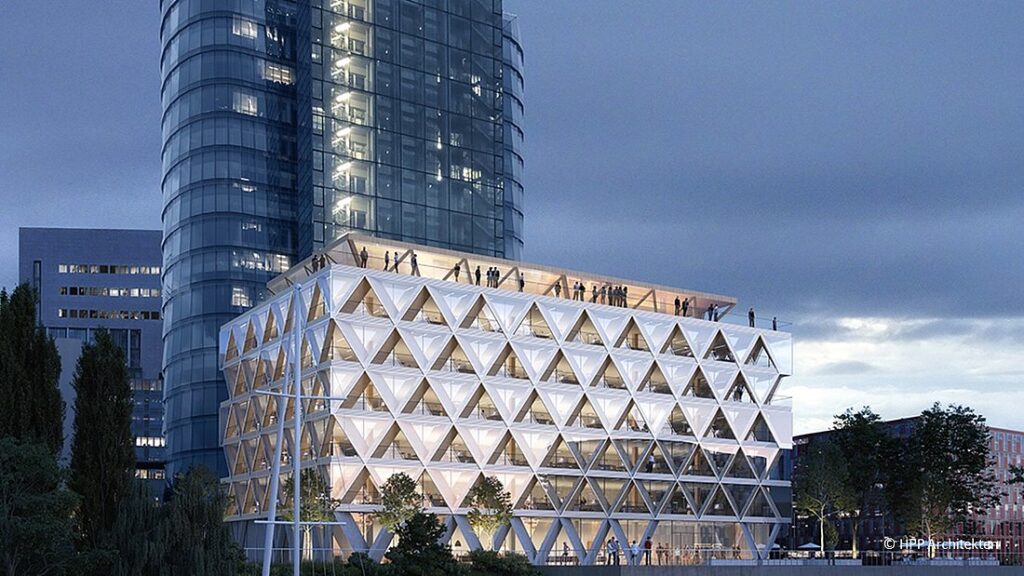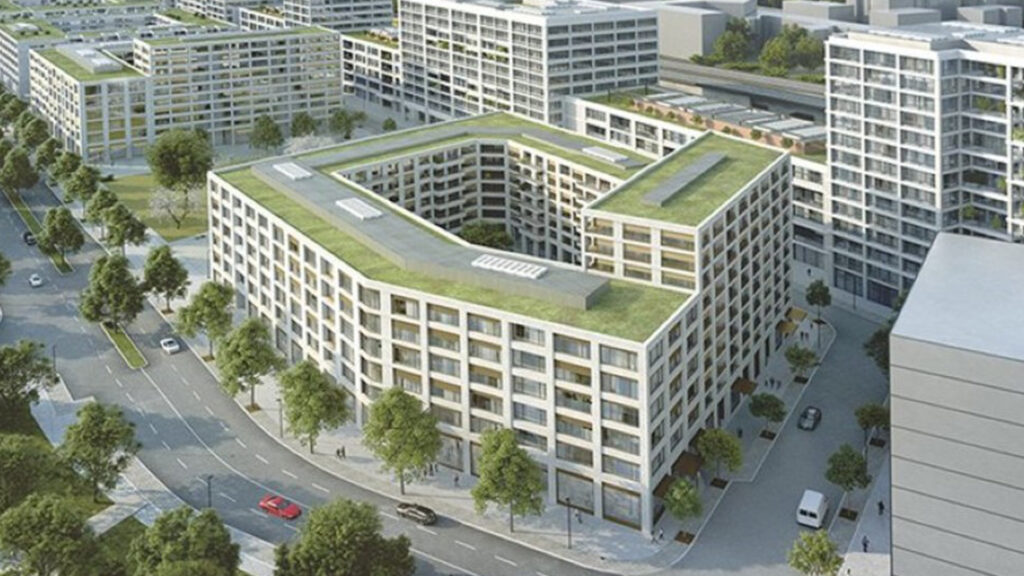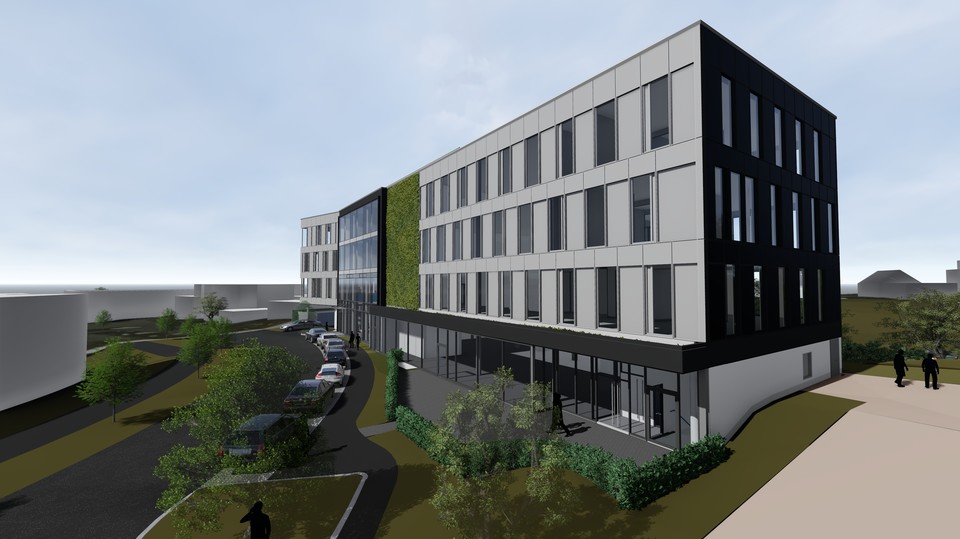Our references in various construction projects
The Building Material Scout is used in ongoing construction projects. Planners use it to define lead products in the early phase. In the execution phase, construction products are released once the quality requirements applicable to the project have been met. Construction companies document their building products. Product manufacturers can provide all the necessary information. All digital.
The Building Material Scout was used in these construction projects
The Cradle – Düsseldorf In the spirit of the circular economy, building elements are reversibly connected so that they can be recycled after use. In addition, healthy and fully recyclable building products are used or even leased from the manufacturer for their service life – THE CRADLE thus becomes a material depot. The “Material Passport” lists all the materials used, which provides precise information about the available depot and for subsequent dismantling.
Quartier Heidestrasse – Berlin Project duration: 2014 – 2023 175,000 m² floor area DGNB certification Digitization consulting Documentation of building products
Obere Waldplätze 12 – Stuttgart The planning and consulting company Drees & Sommer SE is constructing a unique administration building at its headquarters in Stuttgart-Vaihingen that meets all modern requirements for environmental friendliness and digitalization. The so-called “PlusEnergyHouse” is designed to generate more energy than it consumes during operation. A newly developed, highly insulating façade construction, photovoltaic systems on the roof and on the south façade, geothermal energy via geothermal boreholes and a green north façade help to achieve this. The architecture was designed by SCD Architekten Ingenieure GmbH from Stuttgart. The investment for the four-storey plus-energy building, which will provide new jobs for 200 employees, will amount to around 22 million euros. The 20 m high…





